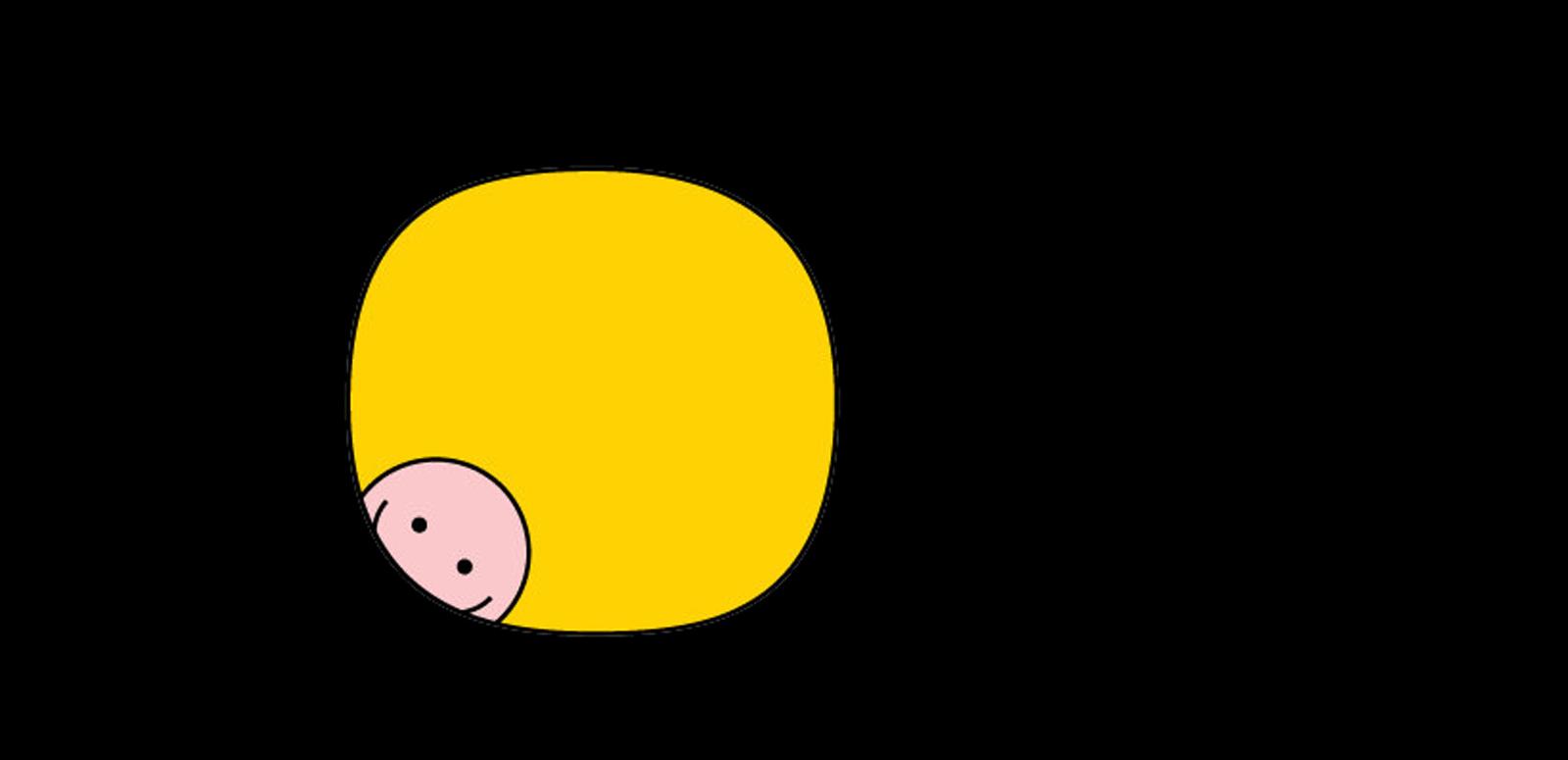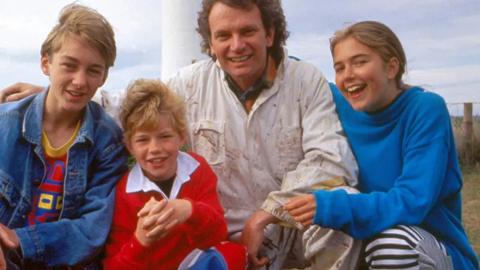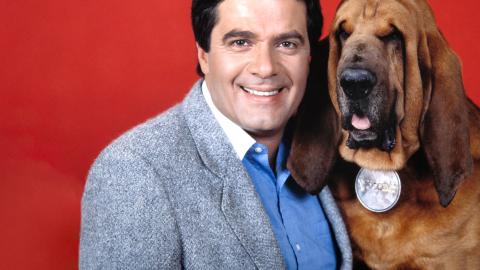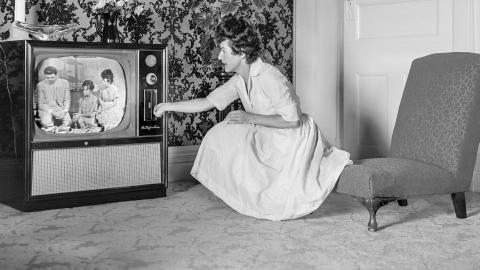

ACTF turns 30
We take for granted today that part of our free-to-air television offerings include world class Australian children’s dramas such as Dance Academy (2010), My Place (2009), Lockie Leonard (2008), Mortified (2006) and Double Trouble (2007), but this was not always the case.
When Australian broadcasting hours were extended in 1957 to include the 4-11 pm timeslot, broadcasters and advertisers both saw a commercial opportunity and the sponsored afternoon children’s commercial TV show was born. Early shows included The Tarax Show (1957) with Ron Blaskett, Peters Fun Fair (1956) with Zig and Zag, The Happy Show (1957) with Happy Hammond and Princess Panda, Captain Fortune (1957) and Channel Ninepins (1957) with Desmond Tester. These shows were hosted by an adult, often in crazy hats and costumes, and filmed in front of an audience of excited children. They included a mix of fun and games, puppets and cartoons; all, of course, laced with advertisements from their sponsors.
The diet of these shows continued through the years, occasionally interspersed with something a little different, such as the fantasy series The Magic Circle Club (1965) and Humphrey B Bear (1965), as well as a the odd adventure drama such as The Terrific Adventures of the Terrible Ten / The Ten Again (1960) and later, of course, Skippy (1966).
Even the introduction of the C classification in 1979 did not encourage the broadcasters to put an increased spend into Australian children’s television and the less expensive Australian children’s magazine programs came to life: Shirl’s Neighbourhood (1979), Simon Townsend’s Wonderworld (1979 and 1993), Wombat (1979). These programs did not answer what Dr Patricia Edgar, then Chair of the Australian Children’s Television Advisory Committee, and her committee members identified as the best use of the television medium for Australian children. Children need to see their lives and concerns reflected on the small screen in a meaningful way, as Dr Edgar explains in this excerpt from an oral history interview undertaken for the NFSA on 15 November 2006.
Patricia Edgar, interviewed by Ina Bertrand. Oral History, excerpt 1. NFSA Title 715326
So nearly three decades after the introduction of television to this country, the Australian Broadcasting Tribunal was forced to regulate the broadcasters to screen quality first-run Australian children’s drama, by introducing a sub-quota for children’s drama (1984). The story behind its introduction, the history of children’s TV regulation, and the creation of the Australian Children’s Television Foundation (ACTF) are closely linked, as this article written by ACTF Director, Jenny Buckland, explains.
What is less well known is that the catalyst for the creation of the Foundation was the International Year of the Child (1979) and the Grierson Lecture which Dr Edgar gave during that year on the history of children’s television programming [Edgar, Patricia, Second Annual John Grierson Lecture, Children’s Television – the Past, the Present and the Future, Victorian Documentary Film Council, Melbourne, November 1979]. Dr Edgar explains in her own words:
Patricia Edgar, interviewed by Ina Bertrand. Oral History, excerpt 2. NFSA Title 715326
It was therefore essential that the Foundation’s first production be a critical and commercial success. Winners (1985) was certainly both. It was an 8 × 1-hour drama series, across a range of screen genres using Australia’s leading writers and directors, including Anne Brooksbank, Geoffrey Bennett, Paul Cox, John Duigan, Bob Ellis, Morris Gleitzman, Terry Larsen, Sandra Levy, Tony Morphett, Michael Pattinson, Jan Sardi, Carl Schultz, Esben Storm and Stephen Wallace.
The series was screened on Network Ten to acclaim and was subsequently sold to 70 countries, winning awards both in Australia and overseas. In the following clip, Patricia Edgar explains the reasons for its success:
Patricia Edgar, interviewed by Ina Bertrand. Oral History, excerpt 3. NFSA Title 715326
The ACTF continued from this point to produce many important Australian children’s drama productions, including the Emmy Award winning series Touch The Sun (1988), More Winners (1990), Lift Off (1992), Round the Twist (1989), Sky Trackers (1990), and Noah and Saskia (2004).
Above: Australian Children’s Television Foundation, 1995 promo. NFSA Title 408944
Today in partnership with Screen Australia and independent producers, the ACTF continues to ensure high quality children programs are available to Australian children.
Above: My Place. Courtesy of Matchbox Pictures/ABC/ACTF
But despite this support, what is the future for Australian children’s television and the regulation of children’s television content in a converged media environment? Is media regulation the answer? Listen to Dr Edgar’s view:
Patricia Edgar, interviewed by Ina Bertrand. Oral History, excerpt 4. NFSA Title 715326
The inclusion of the Australian Children’s Television Foundation’s productions, their accompanying scripts, stills, publicity as well as interviews with former ACTF Director, Dr Patricia Edgar, in the NFSA’s Collection, gives added strength to our documentation of the history of Australian children’s television and its role in the development of a highly successful part of the Australian media landscape. Happy 30th birthday, ACTF.
Above: Dance Academy. Courtesy of Werner Film Productions/ABC/ACTF
Thanks to the Australian Children’s Television Foundation for the use of the images and video content, and Dr Patricia Edgar for the audio within this blog.
The National Film and Sound Archive of Australia acknowledges Australia’s Aboriginal and Torres Strait Islander peoples as the Traditional Custodians of the land on which we work and live and gives respect to their Elders both past and present.


